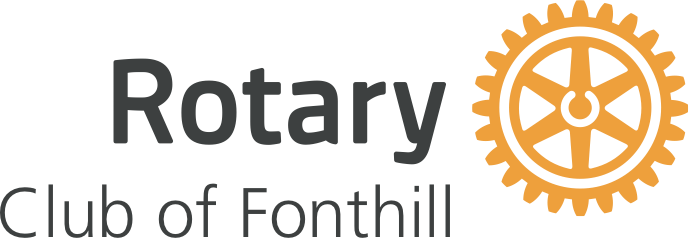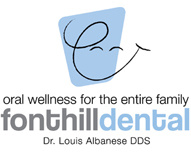 Pain management is one of the most complicated yet critical areas of healthcare. Everyday, you or someone you know is dealing with some type of pain. Whether it’s a throbbing headache, a nagging backache, or the aftermath of a sports injury, finding safe and effective ways to manage pain is essential for maintaining an adequate quality of life. Fortunately, you do not have to face pain alone – your PharmaChoice pharmacist is here to support you through your journey to pain relief.
Pain management is one of the most complicated yet critical areas of healthcare. Everyday, you or someone you know is dealing with some type of pain. Whether it’s a throbbing headache, a nagging backache, or the aftermath of a sports injury, finding safe and effective ways to manage pain is essential for maintaining an adequate quality of life. Fortunately, you do not have to face pain alone – your PharmaChoice pharmacist is here to support you through your journey to pain relief.
There are many different types of pain, hence why pain management can be complicated. Pain can be triggered by many different things and is a symptom of multiple diseases. It is important to identify the type of pain one is experiencing in order to treat the pain appropriately. There are two main categories of pain; acute and chronic. Acute pain occurs for a relatively short period of time and results from your body tissues signaling harm. Acute pain normally goes away once the harm signals subside as a result of the tissue healing. Chronic pain is generally defined as pain lasting longer than three months. Although chronic pain sometimes serves a purpose (a response to your tissues sending harm signals), other times it occurs because the body’s pain pathways become damaged and sends harm signals in the absence of true harm. Pain can further be classified based on the type of tissue it affects; damage to the musculoskeletal tissue or internal organs causes nociceptive pain whereas damage to the central nervous system and nerves causes neuropathic pain. Your doctor will help you determine the type of pain you are experiencing as different types of pain require different treatments.
When it comes to treating pain, there are many approaches that can be taken and thus everyone’s pain may be managed differently from the next person’s. It is important to find a balance when managing pain as under-treatment can result in unnecessary suffering, but overtreatment can result in adverse affects and a phenomenon called hyperalgesia where pain becomes unusually severe due to alterations in the way your body processes pain. There are three main pillars of pain management: non-pharmacologic treatment, non-opioid medications, and opioids.
- Non-Pharmacologic Treatment: Non-pharmacologic treatment strategies should be utilized in every case and type of pain and should continue to be used even if pharmacologic agents are added. Non-pharmacologic strategies include patient education, rest and immobilization, compression, elevation, cold or hot compresses, physiotherapy and exercise, and therapeutic massages. Speak to your doctor or PharmaChoice pharmacist for advice on what non-pharmacological measures might be best for you.
- Non-Opioid Medications: There are many types of non-opioid medications used to manage pain. Analgesics are commonly used and are available by prescription or over-the-counter (OTC) and include acetaminophen, NSAIDs, and acetylsalicylic acid (ASA). Your pharmacist can help you select the best option based on your pain and can answer questions about prescription and OTC pain medication.
- Opioid Medications: Opioids may be used for severe pain or after surgical interventions. Greater monitoring is required when opioids are used as there is a higher risk of adverse events occurring as compared to non-opioid medications. It is important that opioids be initiated at a low dose to assess effect and tolerability.
Although pain can be frustrating and even debilitating in some cases, there are a variety of treatment strategies that can help you find relief. It is important for patients to be involved in their pain management journey and for there to be clear expectations on the effectiveness and tolerability of the different treatment strategies. Your pharmacist can help you understand the different types of pain and how they are managed. From treating acute pain with over-the-counter analgesics to managing chronic pain with prescription medications, your pharmacist will help ensure your medication is safe and effective for you. Remember, pain management is not limited to pills and prescriptions, non-drug strategies are a critical component of all pain relief journeys. Speak to your PharmaChoice pharmacist today to start taking control of your pain and embracing a more comfortable life.
 Back to myNiagaraOnline
Back to myNiagaraOnline
































